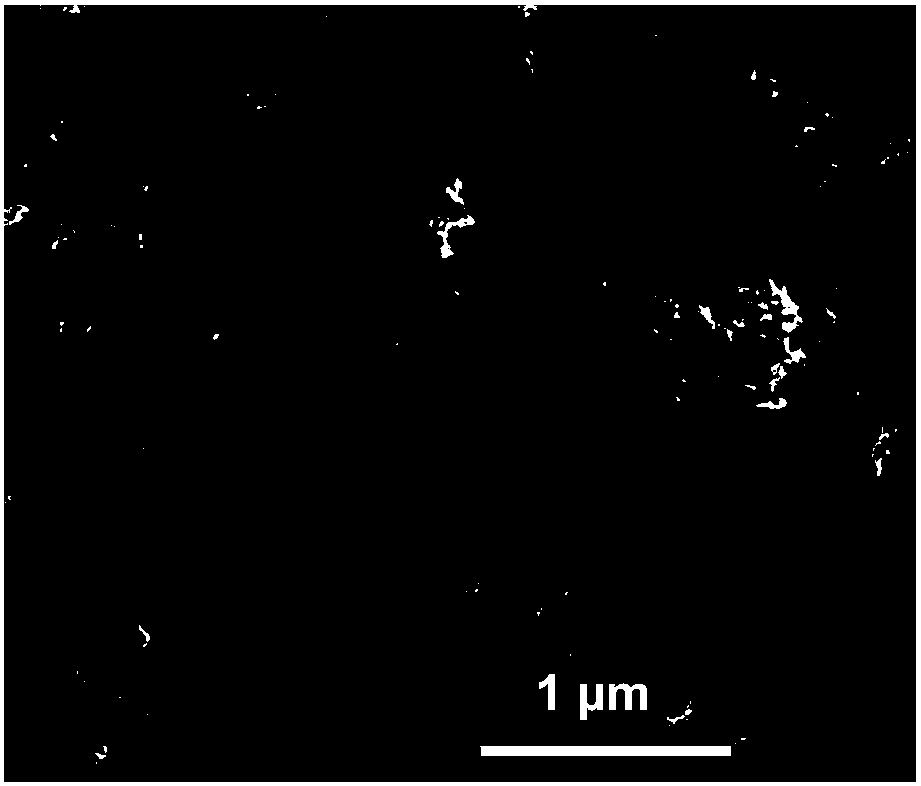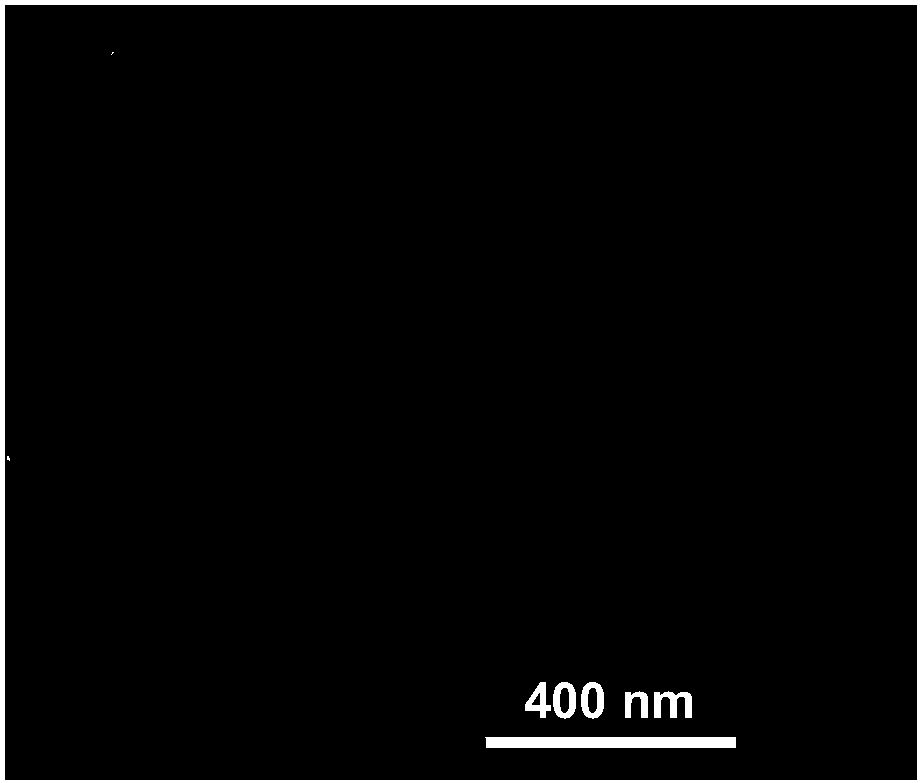A method for preparing a dye-sensitized solar cell counter electrode using a tantalum-based counter electrode catalytic material
A technology of solar cells and electrode catalysis, applied in electrolytic capacitors, circuits, capacitors, etc., can solve the problems that hinder the promotion and application of catalytic materials, poor corrosion resistance, bulky devices, etc., to promote commercialization and application, and electrochemical stability The effect of high stability and excellent photovoltaic performance
- Summary
- Abstract
- Description
- Claims
- Application Information
AI Technical Summary
Problems solved by technology
Method used
Image
Examples
Embodiment 1
[0076] 1) Preparation of tantalum oxide counter electrode catalytic material
[0077] Weigh 1.8g analytical grade tantalum chloride, dissolve it in 20mL analytical pure ethanol solution, and stir magnetically for 2hrs until the tantalum chloride is completely dissolved. Subsequently, the solution was placed in an oven and dried at 80°C until a gel formed. Finally, put the gel in a muffle furnace, in a nitrogen stream, flow 1L / min, heating rate 200℃ / h, sintered at 800℃, and kept for 5h. The furnace is cooled in a nitrogen stream with a gas flow rate of 0.5 L / min to obtain a tantalum oxide catalytic material. Among them, analytical pure ethanol is used as the oxygen source.
[0078] 2) Construction of catalytic film of tantalum oxide counter electrode
[0079] The FTO conductive glass was washed 3 times with isoacetone, ethanol and deionized water, and dried with hot air; 300mg of tantalum oxide and 6g of zirconia beads were mixed, added to 6ml of isopropanol, and dispersed for 4h t...
Embodiment 2
[0083] 1) Preparation of tantalum nitride counter electrode catalytic material
[0084] Weigh 1.8g analytical grade tantalum bromide, dissolve it in a mixed solution consisting of 10mL analytical ethanol and 10mL deionized water, and stir magnetically until the tantalum bromide is completely dissolved. Subsequently, 1.5 g of urea was added and magnetically stirred for 3 hours until the urea was completely dissolved. Then, the solution was placed in an oven and dried at 90°C until the gel formed. Finally, the gel is placed in a muffle furnace, in a nitrogen stream, with a flow rate of 2L / min, a heating rate of 150℃ / h, sintering at 1000℃, and holding for 4h. The furnace is cooled in a nitrogen stream with a gas flow rate of 0.5 L / min to obtain a tantalum nitride catalytic material. Among them, urea is used as a nitrogen source.
[0085] 2) Construction of tantalum nitride counter electrode catalytic film
[0086] Wash the FTO conductive glass with isoacetone, ethanol and deionized ...
Embodiment 3
[0090] 1) Preparation of tantalum carbide counter electrode catalytic material
[0091] Weigh 2.15g analytical grade tantalum iodide, dissolve it in a mixed solution composed of 10mL analytical ethanol and 20mL deionized water, magnetically stir until the tantalum iodide is completely dissolved. Subsequently, 3.6g of urea was added and magnetically stirred for 3hrs until the urea was completely dissolved. Then, the solution was placed in an oven and dried at 100°C until the gel formed. Finally, put the gel in a muffle furnace, in a nitrogen stream, flow rate 4L / min, heating rate 120℃ / h, sinter at 1100℃, and keep it for 3h. The furnace is cooled in a nitrogen stream with a gas flow rate of 0.5 L / min to obtain a tantalum carbide catalytic material. Urea is used as a carbon source. The surface morphology of tantalum carbide catalytic material is as figure 1 Shown.
[0092] 2) Construction of tantalum carbide counter electrode catalytic film
[0093] Wash the FTO conductive glass w...
PUM
 Login to View More
Login to View More Abstract
Description
Claims
Application Information
 Login to View More
Login to View More - R&D
- Intellectual Property
- Life Sciences
- Materials
- Tech Scout
- Unparalleled Data Quality
- Higher Quality Content
- 60% Fewer Hallucinations
Browse by: Latest US Patents, China's latest patents, Technical Efficacy Thesaurus, Application Domain, Technology Topic, Popular Technical Reports.
© 2025 PatSnap. All rights reserved.Legal|Privacy policy|Modern Slavery Act Transparency Statement|Sitemap|About US| Contact US: help@patsnap.com



